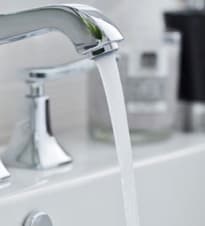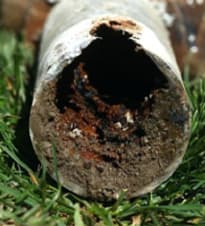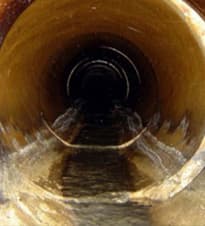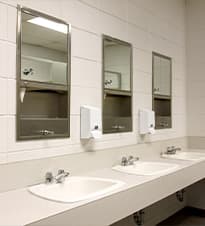Have you ever turned on a faucet only to be greeted by a burst of air or sputtering water? This common issue is usually caused by air trapped in your water pipes. Not only can it be annoying, but it can also potentially lead to more serious plumbing problems. In this detailed guide, we’ll explore why air gets into water lines, the effects it can have on your home’s plumbing system, and effective solutions to eliminate these air pockets for smoother, more reliable water flow.
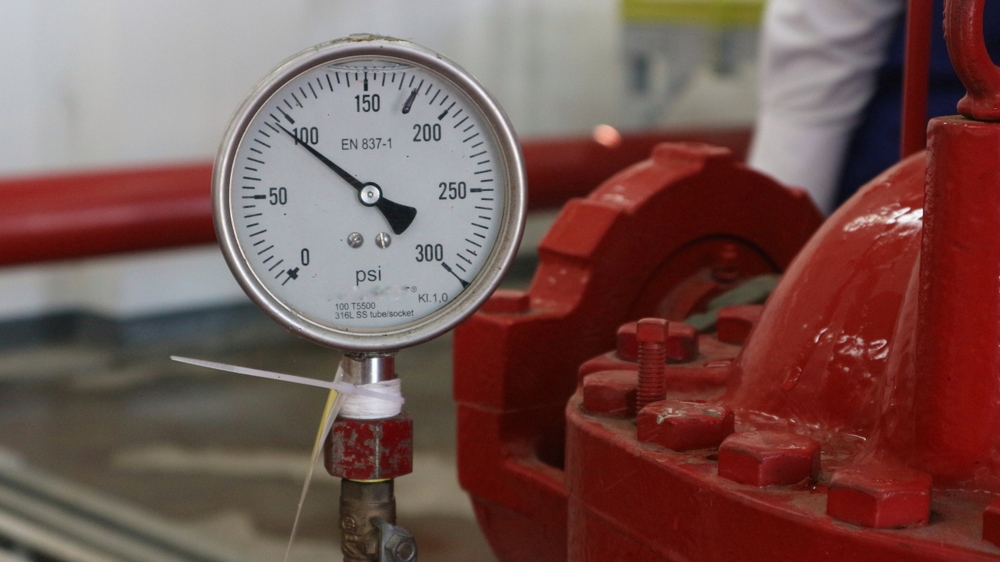
What Causes Air in Water Pipes?
Air can find its way into water pipes through various means, and understanding these can be key to addressing the problem:
- Breaches in the System: Small leaks or cracks in the pipes can allow water to leak out and air to seep in.
- Improper Pipe Installation: Incorrectly installed or poorly designed plumbing systems can lead to air entrapment.
- Drainage Issues: Drainage problems can also introduce air into pipes, especially if the system includes poorly configured vent pipes.
- Water Supply Disruptions: Routine maintenance or repairs to the water main can introduce air into the system, which eventually makes its way into home plumbing.
Identifying the Presence of Air in Water Pipes
Before you can fix the problem, you first need to confirm that air in your pipes is the culprit. Here are some signs:
- Spitting Faucet: The most obvious sign is water sputtering out of the faucet.
- Banging Noises: Known as water hammer, these noises occur when air builds up and then is suddenly pushed through the system.
- Vibrating or Shuddering Pipes: If your pipes shake when you turn on a tap, it’s likely due to air.
How to Remove Air From Water Lines
Eliminating air from your water pipes can improve water pressure and prevent damage to your plumbing system. Here’s how to do it:
- Turn Off the Water Supply: Start by shutting off the main water valve to your home.
- Open All Faucets: Open all faucets in your home, starting with the highest faucet and moving to the lowest one. This allows the water to drain completely and takes the air with it.
- Flush the Toilets: Flush each toilet in your home to clear out any remaining water in the system.
- Turn the Main Water Valve Back On: After all the faucets and toilets have been dealt with, turn the main water valve back on. Water will rush back into the pipes and push any trapped air out through the open faucets.
- Close the Faucets: Starting with the lowest faucet and moving to the highest, close each one as a steady stream of water replaces the sputtering air.
Preventing Future Air Pockets in Water Lines

Prevention is key to avoiding recurring issues with air in your water pipes:
- Regular Maintenance: Regularly check your plumbing system for leaks and damages. Consider a camera inspection to get a detailed view of the condition of your underground water pipes.
- Proper Venting: Ensure your plumbing system is properly vented. Incorrect venting can cause air locks in the pipes, leading to air buildup.
- Check Valve Installation: Installing check valves can help prevent backflow, which is a common cause of air getting into the lines.
Conclusion
Air in your water lines can be more than just a nuisance; it can be indicative of underlying plumbing issues that need to be addressed to prevent costly repairs down the line. By following the steps outlined above, you can remove and prevent air from compromising your home’s plumbing integrity.
If you’re experiencing persistent problems with air in your water lines, it might be time to consult with a professional. At Total Leak Detection, we specialize in identifying and resolving complex plumbing issues. Don’t hesitate to contact us today for expert assistance.
By taking proactive steps to maintain and repair your plumbing system, you can ensure that your home provides a steady and reliable water supply. Remember, the key to a healthy plumbing system lies in regular maintenance and timely intervention.


